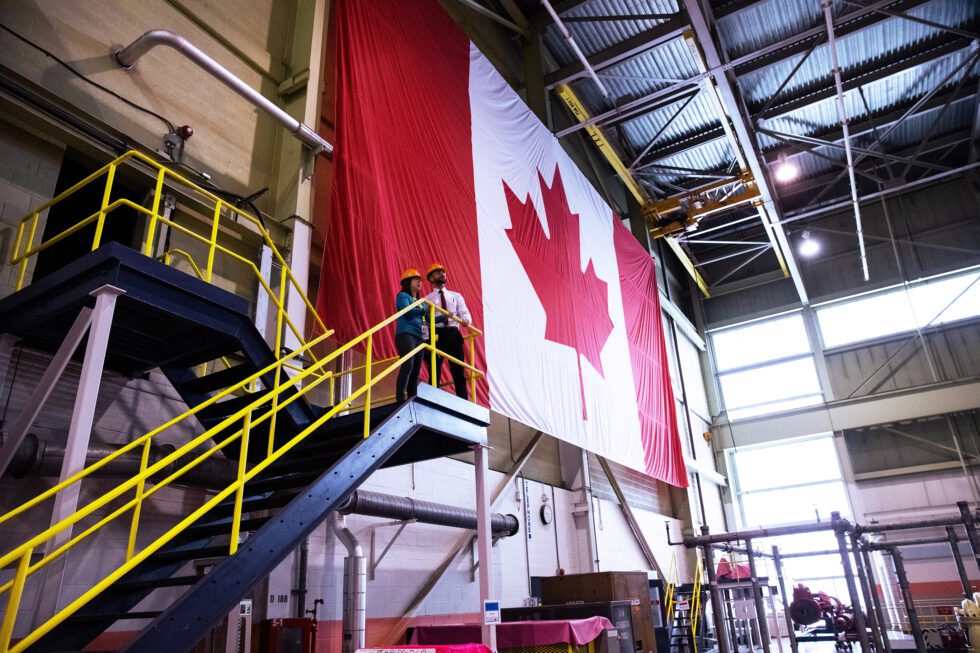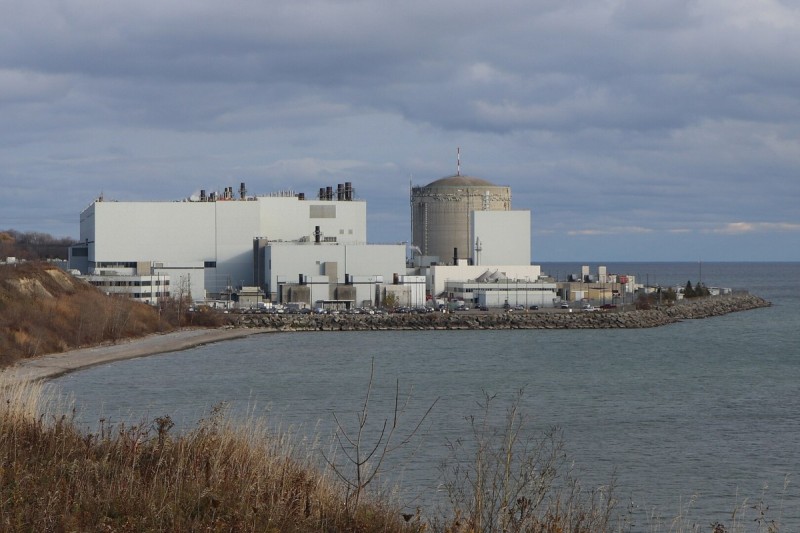The movement for a “Green New Deal” has taken off in the US and Canada. The idea takes inspiration from the American post-war economic mobilization and creation of a welfare state. The Green New Deal calls on us to solve the climate crisis and provide economic security, through a big, ambitious, and multifaceted policy approach.
Some have dismissed the Green New Deal calls for increased social equality and economic security. Critics see the social agenda being disconnected from the need to support green technologies, and as a political encumbrance on policies such as carbon taxes and green technology investments.
In contrast, I will argue that a renewed focus on social and economic security could unlock the potential of green energy technologies. Below, I illustrate some lessons from the history of previous technological transitions, and argue that a Green New Deal will create the political and economic conditions for the massive changes we need.
History of socio-economic security and technology revolutions
Let’s consider the history of previous technological revolutions. Economic historians, from Karl Marx to Joseph Schumpeter and today’s system of innovation thinkers, have traced different “waves of innovation” or “techno-economic paradigms” centered on core technologies like textile manufacturing, iron and steam; steel and electricity; and oil and the automobile. We often celebrate how these technologies disrupted old economic structures. Yet, it is also important to recognize that the mass diffusion of these technological systems was often enabled by governments providing new forms of political and economic security – for entrepreneurs, workers, and citizens.
For example, the take-off of the industrial revolution was enabled by a number of decisions that de-risked entrepreneurship. We created the limited liability company so shareholders were not liable for company debts, bankruptcy protection, and central banks to act as lenders of last resort.
The original “New Deal” was an American example of post-war social bargains between capital and labour throughout the western world, where union rights, social insurance, and pension systems enabled a prolonged period of strong growth with relatively low inflation. In the 20th century, assembly lines and mechanization promised to unleash big productive potential, but also required workers to give up the control they had over their work environments. So an implicit bargain was struck that guaranteed enhanced economic security and democratic bargaining power for labour in return for unleashing the productive forces enabled by mechanization and mass production.
How do we “Green” the New Deal?
Today, green energy innovation has progressed at an impressive pace. The price of renewable energy technologies has decreased dramatically, and some predict that the cost of owning an electric car will be on par with a gasoline counterpart by 2022. Yet, politicians and vested interests are aggressively exploiting economic insecurities over jobs and affordability. The history of the original “New Deal” teaches us that guaranteeing economic and social security can be part of a political bargain that enables the take-off of green energy technologies.
However, the new “New Deal” has to devise social and economic security arrangements that fit with the green technologies we want to promote, and the insecurities faced today. This calls for imagining a new suite of social welfare initiatives that accelerate green transitions and change the political conversation.
For instance, large-scale energy retrofits targeting every building in the country could be a new way to guarantee affordable energy and decent housing as well as an emission reduction strategy. Making energy efficiency part of a new social bargain could help change the current political conversation from a focus on the price of energy (which can increase with things like carbon taxes or green energy investments), towards stabilizing energy bills.
The Green New Deal calls for the active involvement in labour markets to provide employment security and access to opportunities in green energy sectors. Proposals have called for jobs guarantees and “just transitions”. A major transition will only come when the labour movement see the just transition as more than a defensive strategy to provide support in the event of job losses, towards clearly foreseeing better work in green economy sectors. Inspiration can be taken from the Swedish post-war labour movement strategy of actively shifting workers to more productive industries, enabled by the strong welfare state.
In Canada, it is imperative that we draw clear pathways where the skills and resources that exist from our history of fossil fuel development can be redeployed in green sectors. The numerous linkages between geothermal and oil and gas sectors provides a small, yet concrete, example of how we can leverage the assets in our current economic structures to move towards a green economy. This example also demonstrates that we might need a series of regional and sector specific “New Deals” to make the transition real.
For a Green New Deal to work in Canada it needs to promote Indigenous rights and reconciliation. Canada’s Indigenous populations have borne the costs and received few benefits from our history of natural resource based exploitation, and without a New Deal, green energy developments could repeat the same pattern. Yet, Indigenous communities can be proponents of green energy when they are vehicles to “break free of colonial ties”.
These are only some of the examples of how a Green New Deal could not only provide equality and social security, but does so in a way that provides the accelerant required to massively deploy clean energy technologies.
What market-based frameworks neglect
The need for a Green New Deal is more apparent as traditional advocates of market-based climate policies are starting to accept that their prescriptions are not politically palatable. Yet, they see other policies as politically saleable because they hide costs. Unfortunately, market-based environmental policy thinking has led to a truncated view of politics as being confined to an argument about paying and hiding costs. If all market-based environmental policy frameworks have to offer is a political argument based on hiding costs, then it is time for an approach that takes political economics seriously and learns from the history of actual transitions.
The Green New Deal is about political and economic transformation
The Green New Deal is more than a policy platform. What is perhaps most important are the conversation taking place under this vision about how new forms of social and economic security can enable a green transition. We should reject the idea that asking these questions adds unnecessary baggage to already complex climate policy arenas. Rather, articulating a new vision for a more secure and equal society is needed to create the right political conditions for unlocking the potential of green energy technologies.





